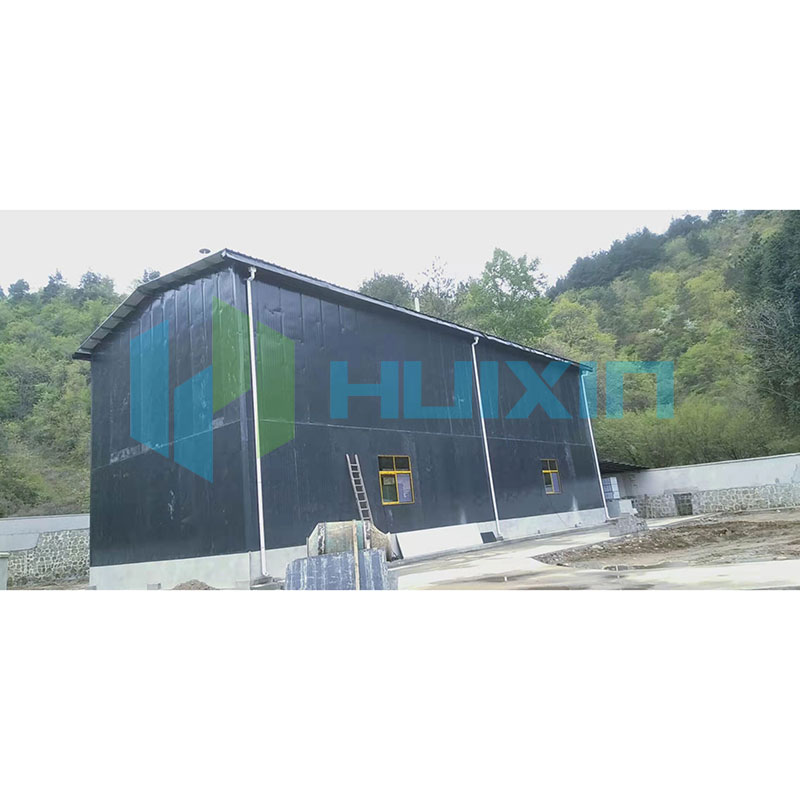 English
English Español
Español  Português
Português  русский
русский  Français
Français  日本語
日本語  Deutsch
Deutsch  tiếng Việt
tiếng Việt  Italiano
Italiano  Nederlands
Nederlands  ภาษาไทย
ภาษาไทย  Polski
Polski  한국어
한국어  Svenska
Svenska  magyar
magyar  Malay
Malay  বাংলা ভাষার
বাংলা ভাষার  Dansk
Dansk  Suomi
Suomi  हिन्दी
हिन्दी  Pilipino
Pilipino  Türkçe
Türkçe  Gaeilge
Gaeilge  العربية
العربية  Indonesia
Indonesia  Norsk
Norsk  تمل
تمل  český
český  ελληνικά
ελληνικά  український
український  Javanese
Javanese  فارسی
فارسی  தமிழ்
தமிழ்  తెలుగు
తెలుగు  नेपाली
नेपाली  Burmese
Burmese  български
български  ລາວ
ລາວ  Latine
Latine  Қазақша
Қазақша  Euskal
Euskal  Azərbaycan
Azərbaycan  Slovenský jazyk
Slovenský jazyk  Македонски
Македонски  Lietuvos
Lietuvos  Eesti Keel
Eesti Keel  Română
Română  Slovenski
Slovenski  मराठी
मराठी  Srpski језик
Srpski језик
What safety features should a small waste incinerator have?
2024-10-14

What are the benefits of using a small waste incinerator?
Small waste incinerators have several benefits, including:
- Reduction of waste volume
- Complete destruction of hazardous waste
- Elimination of harmful emissions
- Reduction of landfill waste
What safety features should a small waste incinerator have?
A small waste incinerator should have the following safety features:
- Automatic shut-off systems in case of malfunctions
- Heat shields to prevent fires
- Secondary combustion chambers to burn any unburned waste
- Gas emission monitoring systems to prevent emissions from exceeding safe levels
- Proper ventilation systems to prevent build-up of harmful gases
How do you choose the right small waste incinerator?
Choosing the right small waste incinerator depends on several factors, including:
- The type and amount of waste that needs to be disposed of
- The required temperature and processing time
- The operating costs
- The safety features and environmental impact
In conclusion, small waste incinerators are an effective way to dispose of waste that can be harmful to the environment. They have several benefits and should have specific safety features to prevent potential hazards. Choosing the right incinerator requires consideration of several factors.
Fujian Huixin Environmental Protection Technology Co., Ltd. is a leading supplier of small waste incinerators. Our incinerators are designed with the latest safety features and are environmentally friendly. We offer a wide range of options to meet your specific needs. Contact us at hxincinerator@foxmail.com to learn more about our products and services.References
1. Xie, K., Chan, C., & Lam, H. (2019). An assessment of small-scale municipal solid waste incineration in China: Challenges and perspectives. Journal of Cleaner Production, 225, 639-649.
2. Tábi, T., & Várhegyi, G. (2017). Pyrolysis incineration of low-rank coals. Fuel, 202, 585-595.
3. Wu, G., Lu, S., Xu, Z., & Liu, Y. (2021). Reform and innovation of waste incineration power plants in China: A review. Journal of Cleaner Production, 281, 124512.
4. Meier, L., Hoppe, S., & Kost, T. (2018). Urban metabolism and waste-to-energy in small-island developing states. Journal of Cleaner Production, 195, 918-932.
5. Menikpura, S. N., & Basnayake, B. F. A. (2018). Eco-industrial park implementation in small and medium-sized enterprise clusters: Lessons learned from Sri Lanka. Journal of cleaner production, 187, 765-777.
6. Miggiano, M. F., Ferrara, M., & Notarnicola, B. (2018). Modelling organic waste incineration through thermogravimetric analysis: A comparison between grass cuttings and turkey litters. Waste Management, 78, 57-63.
7. Lestrelin, G., Karsenty, A., & Eba'a Atyi, R. (2019). The rise of small-scale waste to energy plants in sub-Saharan Africa: A profitability analysis. Waste Management, 84, 249-261.
8. Chen, J., & Shen, Z. (2020). Analysis of feasibility and economic benefit on small-scale waste biomass power generation-a case study in Chuzhou city, China. Frontiers of Agricultural Science and Engineering, 7(2), 197-208.
9. Carliell-Marquet, C., & Wood, I. (2021). Modelling mercury emission from waste incineration-a comparison of five models using two experimental datasets. Journal of Environmental Science and Health Part A, 56(5), 428-441.
10. Zaman, A. U., Persson, M., & Azam, M. N. (2021). Sustainable development of solid waste management system in a small town in rural Bangladesh. Sustainable Development, 29(2), 405-415.




